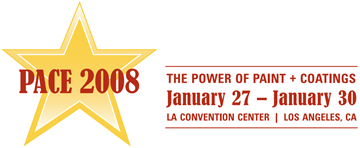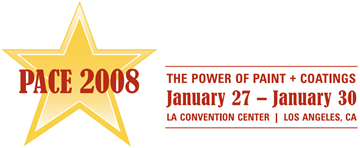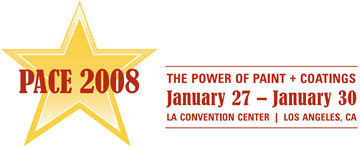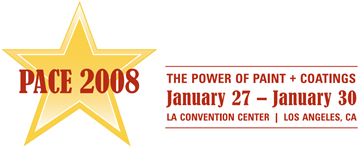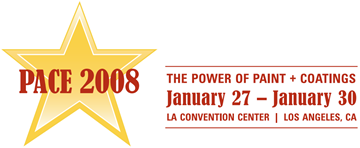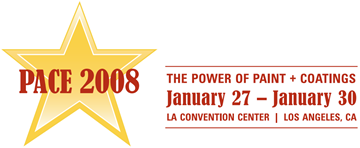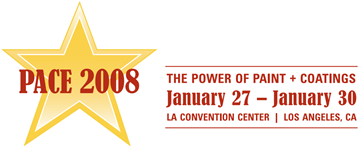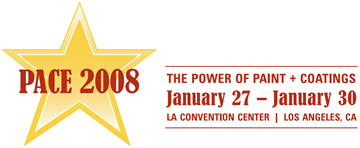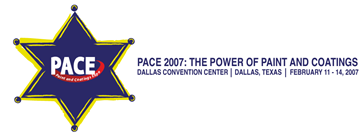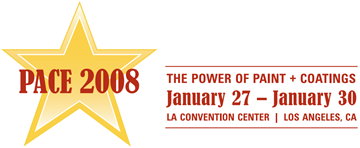Search
Products tagged with '2008 Conference Papers'
View as
Sort by
Display
per page
Overcoming Obstacles to Repaint a Unique Structure – From Initial Planning through Project Completion
Product Number:
41208-428-SG
Publication Date:
2008
$20.00
Paints that Stick to Fluorocarbons: New Options for Repairs and Restoration
Product Number:
41208-444-SG
Publication Date:
2008
$20.00
Polyasparartic Ester Finish Coats - A New Generation
Product Number:
41208-440-SG
Publication Date:
2008
$20.00
Polyaspartic Coatings that Perform as Well as Polyurethane Coatings
Product Number:
41208-411-SG
Publication Date:
2008
$20.00
Polyurea for Potable Water – Overcoming Structural Challenges for a Successful Waterproof Lining System
Product Number:
41208-410-SG
Publication Date:
2008
$20.00
Polyurea Geomembranes for Primary Containment over Concrete
Product Number:
41208-429-SG
Publication Date:
2008
$20.00
Polyurea Geomembranes High Performance Seamless Liners
Product Number:
41208-430-SG
Publication Date:
2008
$20.00
Powder Coating - Contract Metal Finishing; How to Avoid Premature Coating Failures
Product Number:
41208-406-SG
Publication Date:
2008
$20.00
Preservation of the U.S.S. Monitor Project Hampton Roads Chapter of the SSPC
Product Number:
41207-302-SG
Publication Date:
2007
$20.00
Preventive Maintenance in Older Facilities
Product Number:
41208-462-SG
Publication Date:
2008
$20.00
Project Management: Antennas and Water Tanks Can Co-Exist
Product Number:
41208-464-SG
Publication Date:
2008
$20.00

